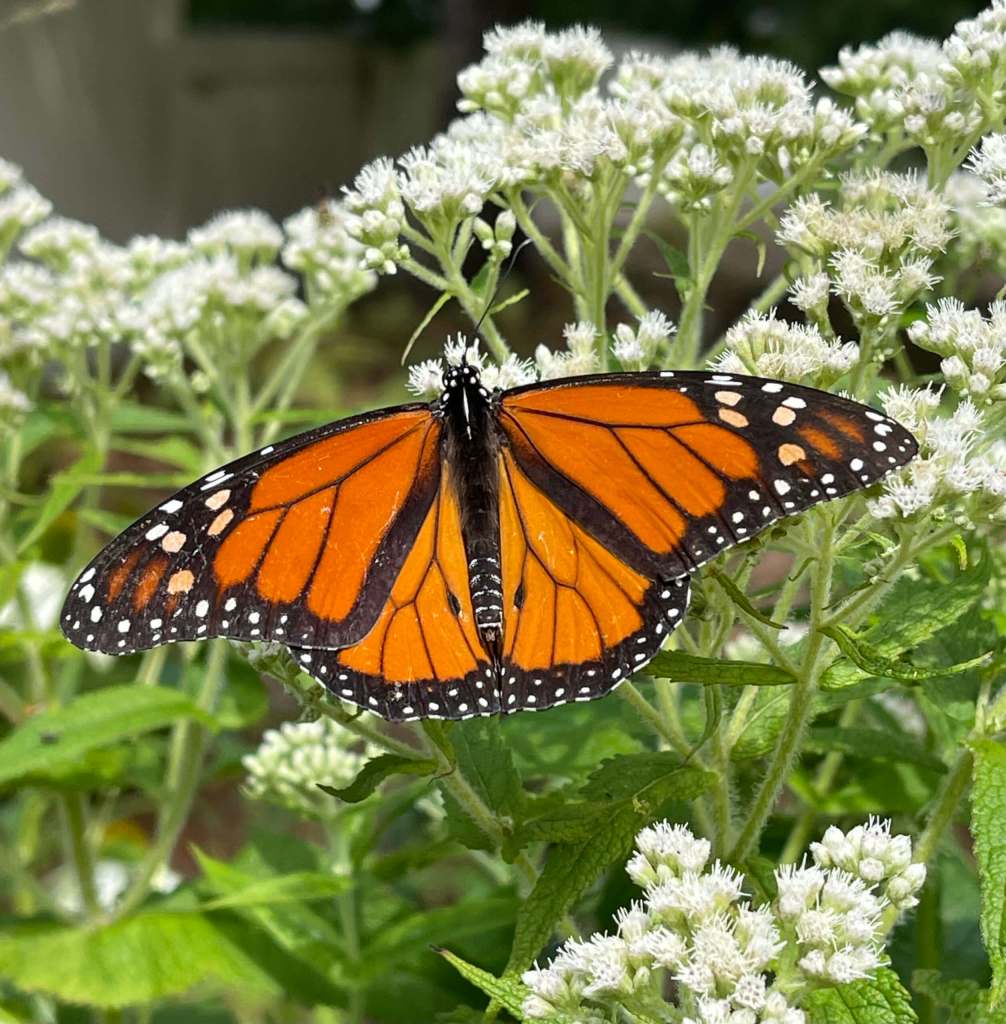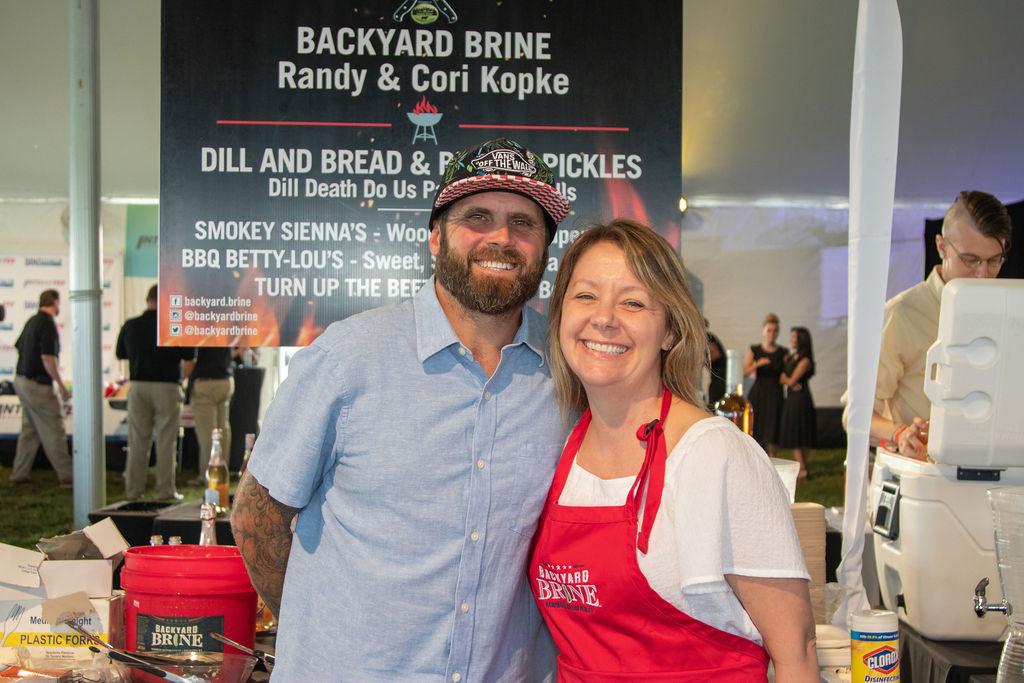Famous for their unmistakable orange wings with black borders and tiny white spots, the monarch butterfly is a treasure of nature. But due to several factors including climate change, increasing habitat loss and heightened use of pesticides, these beautiful creatures have been recently classified as endangered by the International Union for Conservation of Nature, the global authority on the status of the natural world and the measures needed to safeguard it.
Kimberly Simmen, owner of KMS Native Plants, board member of ReWild Long Island, and horticulture aficionado since 2000, helps educate people on the importance of sustainable gardening, an important initiative which benefits the earth and its inhabitants.
“Begin by understanding what you’re putting on your lawn,” says Simmen. “Readily available chemicals (herbicides, pesticides, fertilizers) add to the demise of many of our insect species. Pesticide companies market chemicals as targeting only ticks and mosquitoes, but these herbicides are not selective and kill every insect they come into contact with including caterpillars, pollinators and fireflies.”
And there’s no difference between natural, organic, or synthetic – these products are designed to kill everything. To attract and support the monarch population, ReWild suggests growing milkweed and nectar plants which are necessary for the spring and summer breeding season and fall migration.
“Choosing species such as New York and New England aster, blazing star, purple coneflower, and Joe Pye Weed are great options,” says Simmen. “And despite some misconceptions, goldenrod is a good option as well. Many people avoid goldenrod because they believe it causes fall allergies, but it’s actually ragweed, which is wind pollinated and also a native plant, that causes fall allergies.”
Be mindful to choose a milkweed that best suits your space. Use swamp milkweed for small gardens, and a running milkweed for large sunny spaces if you don’t mind it becoming the dominant plant. For partial sun, select poke milkweed or whorled milkweed.
“All milkweed self-sows readily in the garden, so to control the amount of seedlings, tie a string around them to keep them from opening,” says Simmen. “Be sure to wait until you see the ‘split’ or ‘seam’ in the pod before you tie them. You can then move the seeds to other areas of the yard or give them out to friends.”
Another common myth is that raising caterpillars helps increase the butterfly population, but according to the Xerces Society, this only creates weaker butterflies and spreads disease. Simmen explains that “caterpillars have been around long before humans and natural selection exists for a reason. If anything, we have contributed to their demise with pesticides, herbicides and loss of habitat.”
The best thing we can do for Monarchs and all of our native creatures is to create more habitat, become involved with local organizations like ReWild Long Island, and help spread the word about sustainability. Efforts made today will help create a safe and organically balanced tomorrow.
























